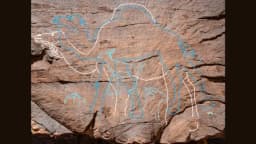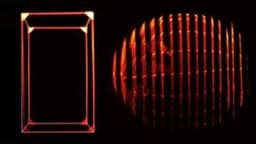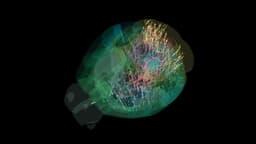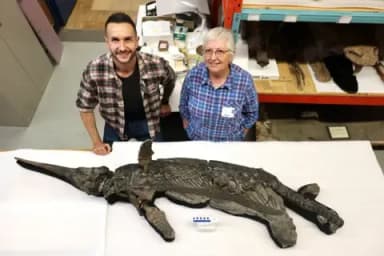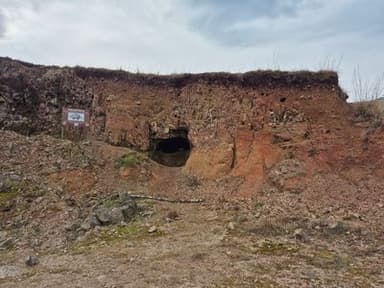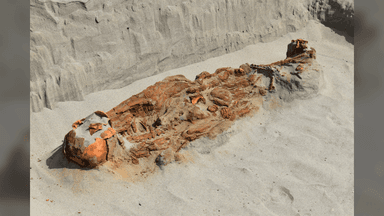Khám phá tại McGraths Flat (NSW) gây bất ngờ khi các hóa thạch đời sống trên cạn Miocen được bảo tồn trong đá ferricrete giàu sắt với chi tiết mô mềm và tế bào. Nghiên cứu cho thấy quá trình hình thành độc đáo liên quan đến sắt hòa tan từ bazan và ngăn ngừa can thiệp khoáng chất khác.
Điểm nổi bật:
- Hóa thạch tại McGraths Flat được bảo tồn hoàn hảo trong đá ferricrete giàu sắt, giúp hiển thị mô mềm và cấu trúc tế bào.
- Môi trường Miocen tại McGraths Flat từng là rừng mưa nhiệt đới ẩm ướt trong khi ngày nay khô hạn.
- Quá trình hình thành liên quan đến sắt hòa tan từ bazan được vận chuyển qua nước ngầm đến hồ meander, kết tủa mảnh sắt siêu mịn.
- Phát hiện này mở ra hướng tìm kiếm các mỏ hóa thạch trên cạn khác trong các trầm tích giàu sắt siêu mịn.
Hidden beneath farmland in the central tablelands of New South Wales lies one of Australia’s most extraordinary fossil sites – McGraths Flat. It dates back between 11 million and 16 million years into the Miocene epoch, a time when many of today’s familiar plants and animals evolved.
It is here that palaentologists and geologists from the Australian Museum Research Institute have made remarkable fossil discoveries. Where dust and drought now dominate, a lush rainforest once flourished. In stunning ecological detail, fossils at McGraths Flat reveal this ancient ecosystem.

Our new study, published in Gondwana Research, shows there’s another reason these rocks are so intriguing. They fundamentally challenge ideas about where well-preserved fossil sites on Earth can be found, and why.
Vượt ra ngoài đá phiến và sa thạch
Traditionally, the most exceptionally well-preserved fossil sites are from rocks dominated by shale, sandstone, limestone, or volcanic ash. By contrast, the goethite-rich ferricrete of McGraths Flat has preserved terrestrial plants, insects, spiders, fish and feathers with cellular detail.

Sự hình thành của McGraths Flat
McGraths Flat began forming during the Miocene when iron leached from weathering basalt under warm, wet rainforest conditions. Acidic groundwater carried dissolved iron into an oxbow lake, where it precipitated as ultra-fine goethite sediment, coating and replicating soft tissues at the cellular level.
Một lộ trình hóa thạch mới
Những hiểu biết về cách McGraths Flat hình thành mở ra hướng dẫn cho việc tìm kiếm các địa điểm hóa thạch giàu sắt tương tự trên toàn cầu. Các yếu tố chính bao gồm trầm tích ferricrete rất mịn, kênh sông cổ và điều kiện thời tiết ẩm ướt xưa kia.





